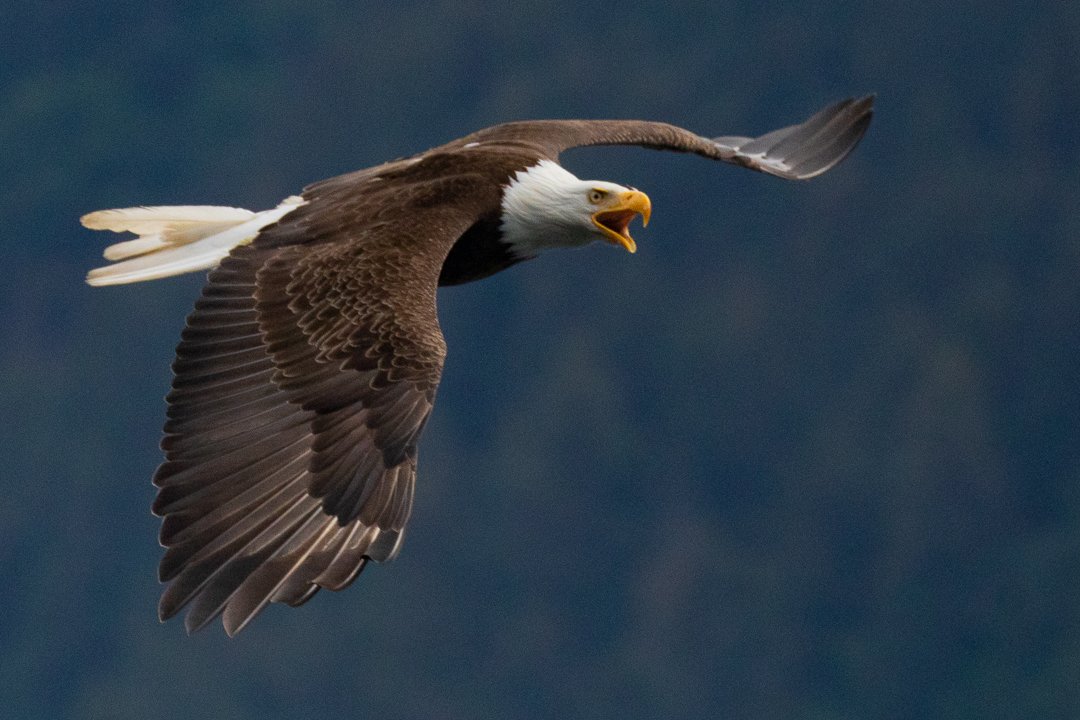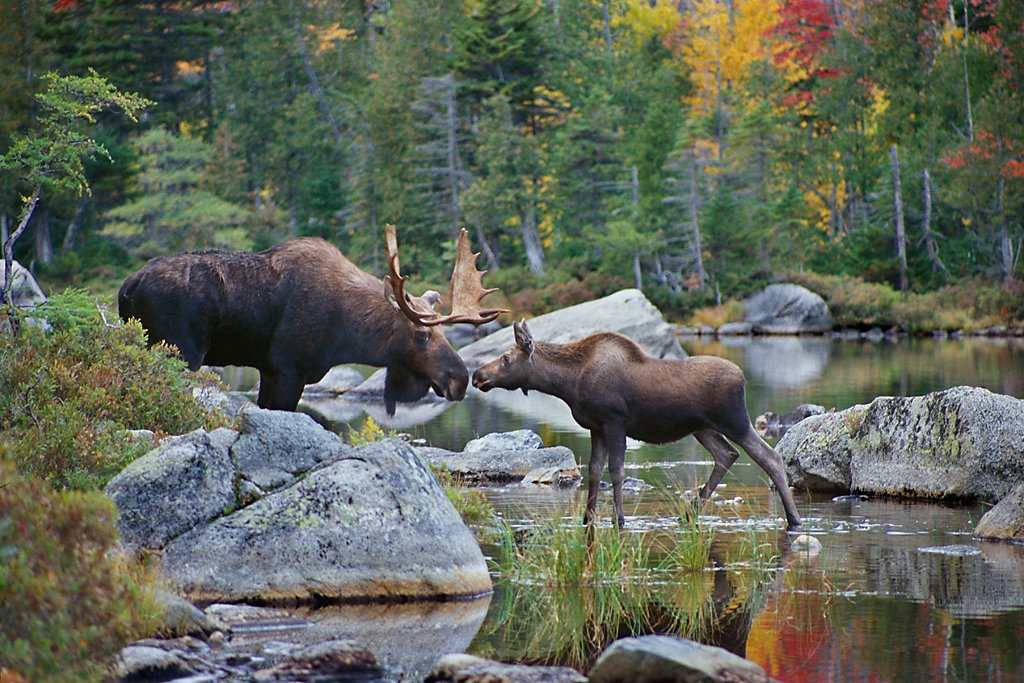Nikon
600 F4: $ 12,299 Great lens but expensive
500 F4: $10,299 Great lens but expensive
400 F2.8: $11,199 I do not recommended it as it is heavy, expensive, and too short of a focal length for wildlife photography
200-500 F5.6: $1,399 This is great choice as it has a wide range of focal lengths so it works well for wildlife
80-400 F4.5-5.6: $2299 I like this lens but it is too short of a focal length for wildlife. It is good for landscape photography and wildlife that is close by. Most of the time this lens is too short.
200-400: F4 I do not recommend this lens, expensive, heavy, old and possibly discontinued.
500 mm F5.6: $3599 Though a stop slower than the 500mm f4 offered by Nikon, this new lens is around $7,000 less! The big advantage is that it is a light weight lens for a 500mm focal length.







